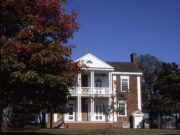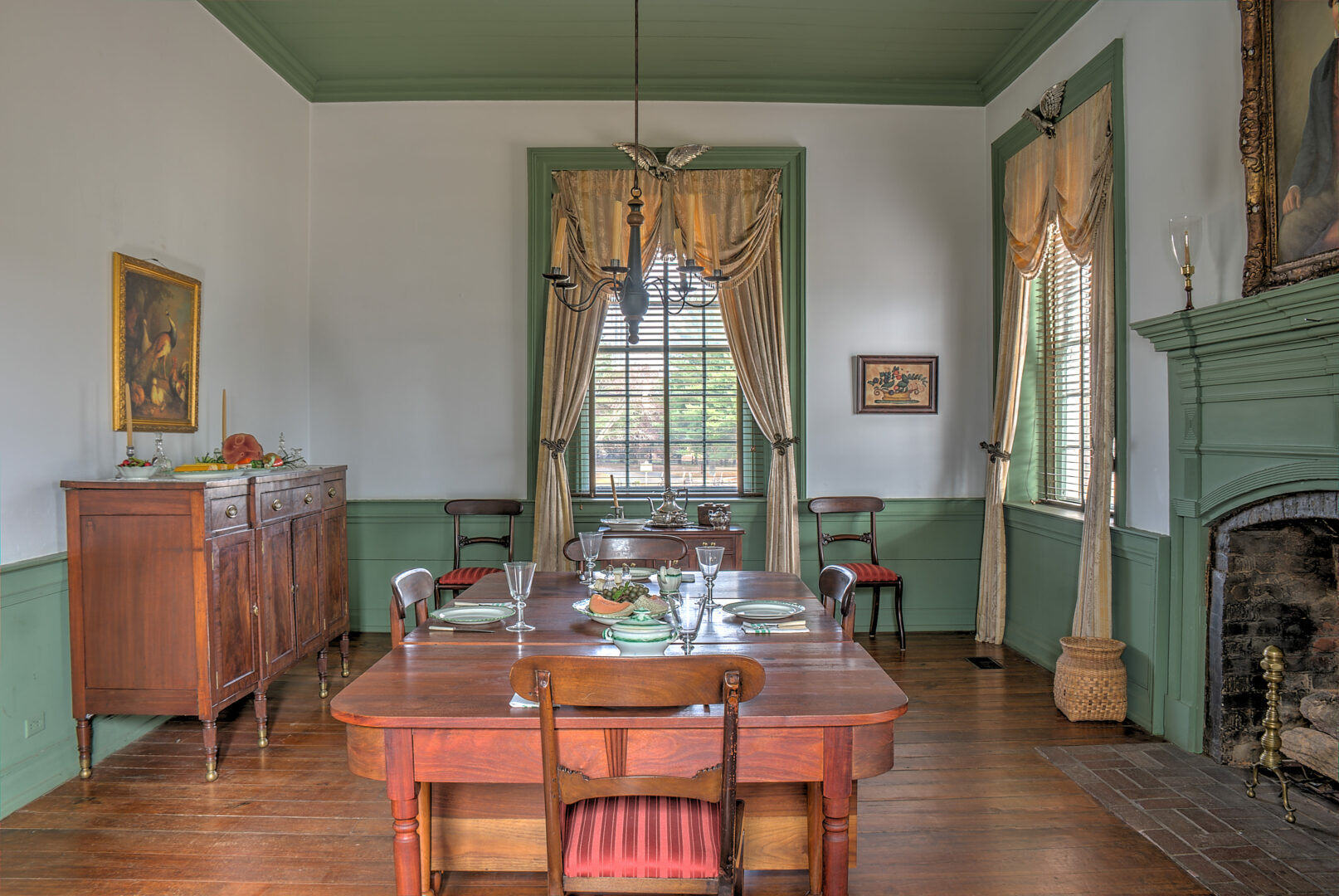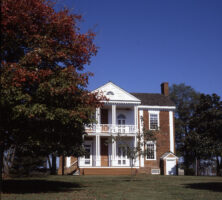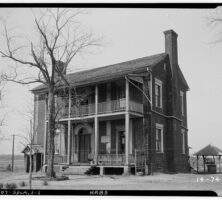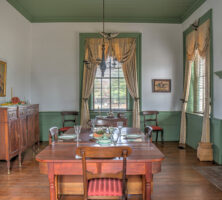The Chief Vann House, built between 1804 and 1806 by the Cherokee leader James Vann, is called the “Showplace of the Cherokee Nation.” It is located at the intersection of U.S. Highway 76 and Georgia 225 in Murray County, on the outskirts of Chatsworth in northwest Georgia.
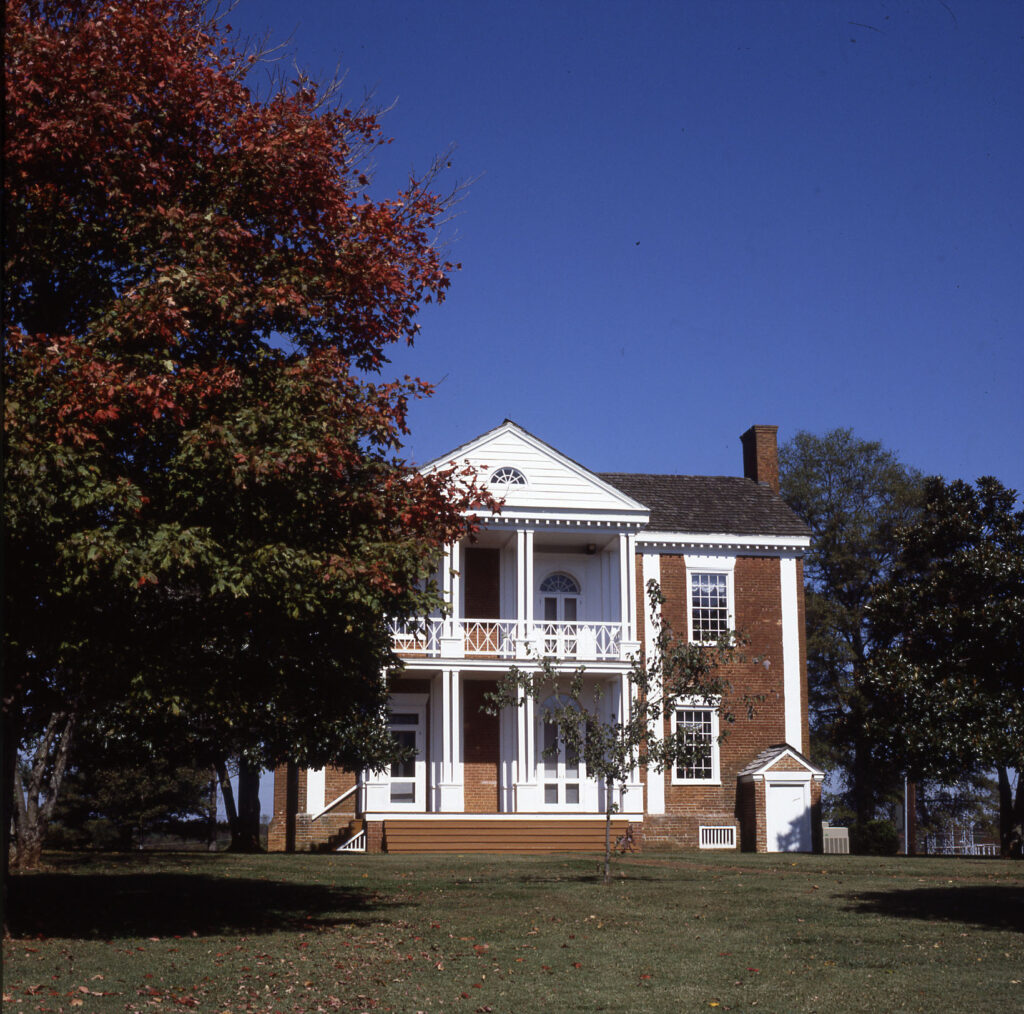
Vann’s father, James Clement, was a Scottish trader who left South Carolina in the 1700s to settle among the Cherokees, and Vann’s mother, Ruth Gamn, was a Cherokee. His father founded Spring Place Plantation, on which the Vann House eventually would be built.
Vann, a Cherokee chief, was known to be a well-educated man, though it is unknown where he received a formal education. He invited Moravian missionaries to the area to teach young Cherokees, including Elias Boudinot, Stand Watie, and John Rollin Ridge, who would become leaders in the Cherokee Nation.
In addition to providing an education to local Cherokees, the Moravians contributed to the building of Vann’s two-story brick house. Visitors to the house can inspect the mantels, door jambs, and wainscotings, all of which are original to the house. The doors, known as Christian doors, are of special interest. Their construction features a cross and an open Bible. On one side of the main entrance, which originally faced the Federal Road, is an elaborately carved stairway—the oldest example of cantilevered construction in Georgia.
The bricks used in the construction of the house came from the red clay located on the Spring Place Plantation property. Handwrought nails and hinges came from Vann’s own blacksmith shop. In addition to the blacksmith shop, the 800-acre property around the mansion included 42 dwellings for enslaved people, 6 barns, 5 smokehouses, a trading post, more than 1,000 peach trees, 147 apple trees, and a still.
Vann had the opportunity to enjoy his mansion for only a few years; he was fatally shot in 1809 by an unknown assailant. Joseph Vann inherited his father’s house and land, and although he was a successful businessman like his father, he was not immune to the discrimination that Cherokees faced. In 1834 Vann and his family were dispossessed of the house and property at Spring Place. The Georgia land lottery —an attempt by whites to gain possession of remaining Cherokee lands—included a provision stating that land held by a Cherokee would be forfeited if he broke any state law. Vann had hired a white man as overseer of his plantation and, in doing so, had unknowingly violated a law making it illegal for an Indian to employ a white. A fight over who would claim the house resulted in a fire being started on the stairway. Evidence of charred flooring remains in the house to this day.
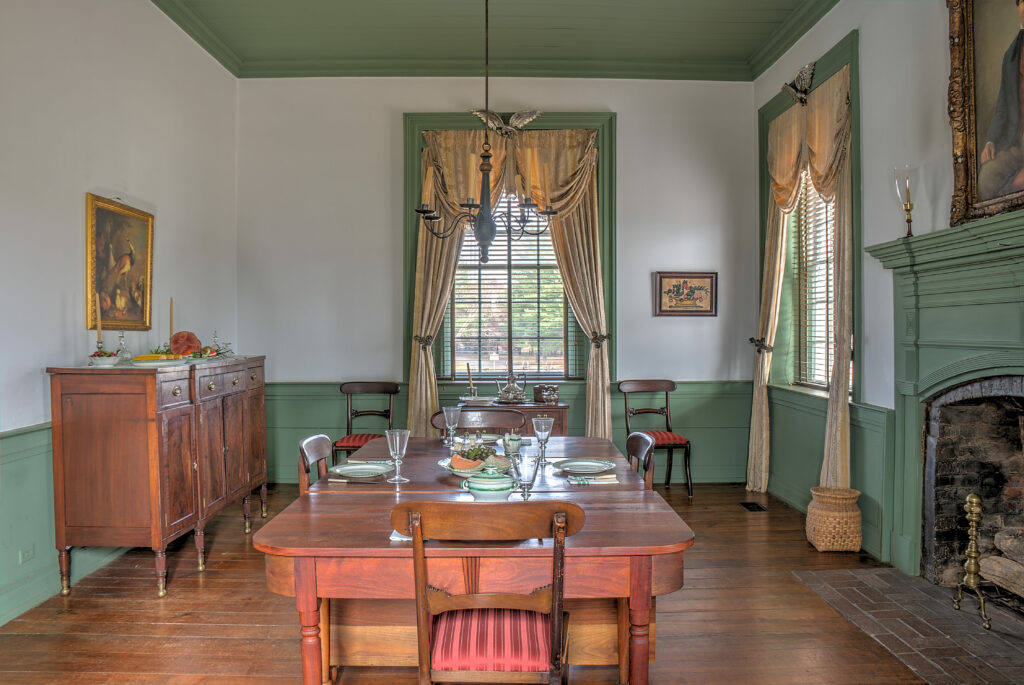
Although Vann and his family lost their home and property, he later sued for the loss and was awarded $19,605 by the government as compensation.
Through the years, the VannHouse has had seventeen different owners. In 1952 J. E. Bradford, a physician who had purchased it in 1920, sold the house to the Georgia Historical Commission. At the time of its purchase by the commission, the house was in such a state of disrepair that the roof had come off. A restoration project, which took six years to complete, included the repainting of the mansion according to its original color scheme of blue, red, green, and yellow.
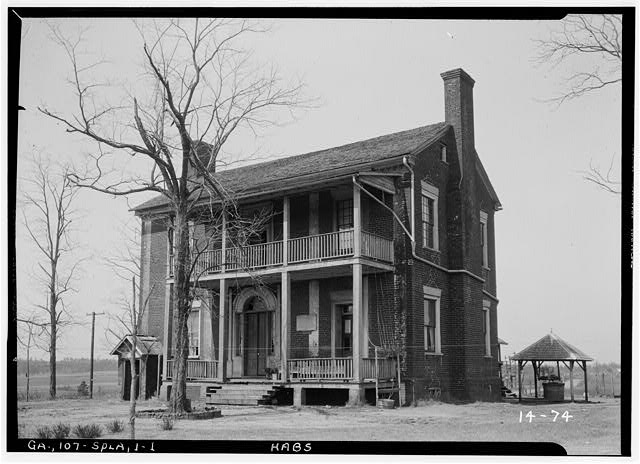
Today the Chief Vann House is administered by Georgia’s Parks, Recreation and Historic Sites division of the Department of Natural Resources.


